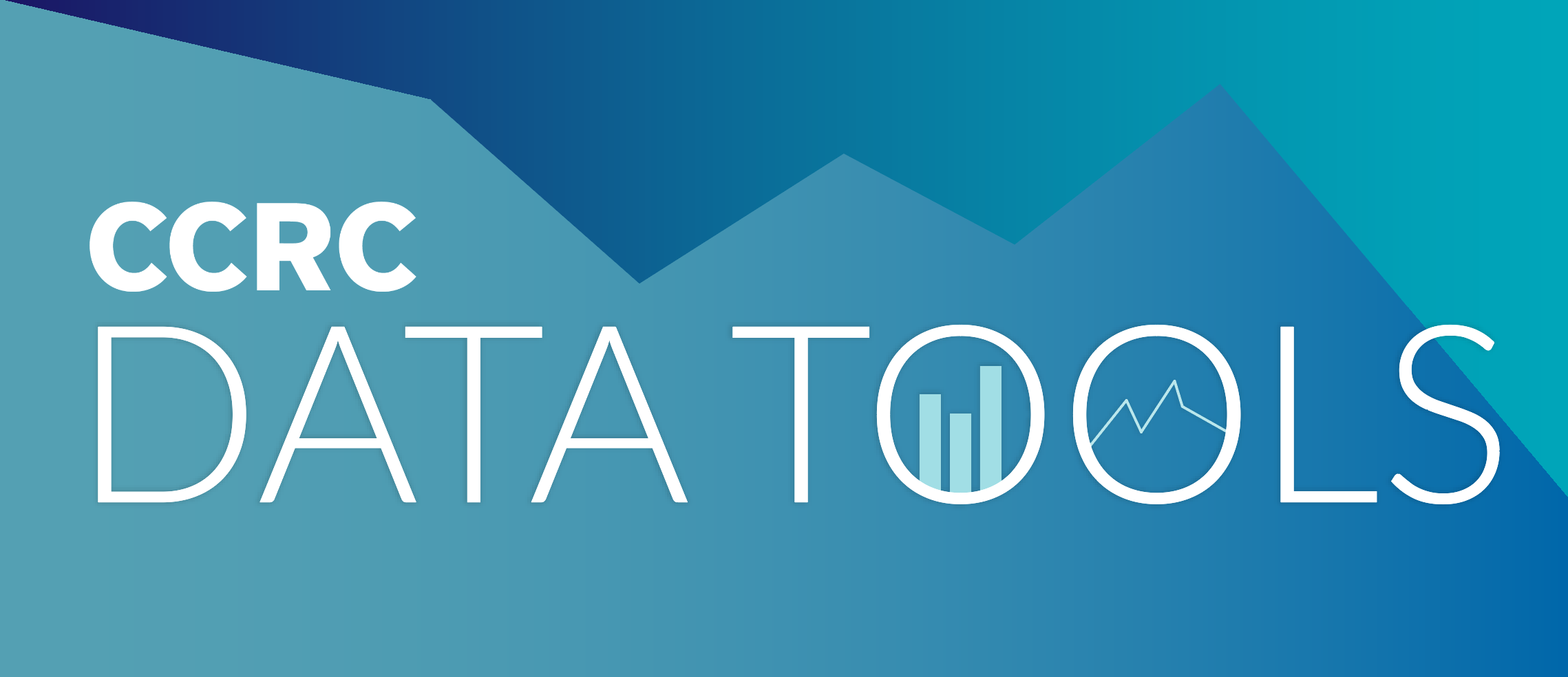By Sarah Griffin and John Fink
Many states have pushed to expand access to dual enrollment (DE) through which students take college courses while in high school. In 2019 alone, 36 bills were enacted by 23 state legislatures addressing access to DE coursework. These efforts have coincided with meteoric growth in the number of high schoolers taking college coursework. Yet in nearly every state, the expansion of DE opportunities has been uneven, resulting in gaps in DE participation among students who are already underrepresented in higher education.
One of the barriers that can unfairly exclude high school students who could otherwise benefit from DE coursework is the use of high-stakes standardized placement tests to determine eligibility to enroll in DE courses. Proponents of placement testing for DE argue that the tests ensure that students are ready to succeed in college-level coursework. But skeptics argue that some students may not have access to test-prep or may not be “good test-takers” despite having a solid track record in their high school courses. A substantial body of research indicates that standardized placement tests are not effective in assessing whether students are ready for college courses and in many cases exclude students who would succeed in those courses.
Ohio is one state where participation in DE has rapidly expanded since a statewide DE initiative was launched there in 2015. At the time, students had to qualify for DE coursework through placement testing. Due to concerns that using placement tests to determine eligibility for dual enrollment was unnecessarily excluding students, in 2017 the State of Ohio implemented the Innovative Program (IP) policy. Through the IP policy, college and K-12 DE partnerships were permitted to waive testing-based eligibility requirements provided that they offered “innovative” programs. Innovative programs were required to have clear plans for focused recruitment and additional supports for groups the state identified as underrepresented in dual enrollment, including Black, Hispanic, and lower-income students, English learners, and students from rural areas.
Evaluating Ohio’s Policy Waiving Placement Tests
In a new CCRC working paper, we detail results from an evaluation of the IP policy that examined how the innovative programs were implemented and whether the policy resulted in expanded access to and success in DE coursework for Black and Hispanic students. We draw on interviews from program leaders and take advantage of a phased rollout of the IP policy to identify the casual impact of the IP policy on DE participation, course pass rates, and college matriculation after high school.
We find that college–high school pairings that implemented innovative programs and waived placement test requirements significantly increased participation in DE among Black and Hispanic students. Crucially, we also found that—even though more students had access to DE courses—pass rates held steady among Black and Hispanic students (though gaps with students overall persisted as well). However, despite broader access to DE, we did not find that the policy resulted in gains in college matriculation after high school—although it is important to note that many students we tracked graduated high school during the early years of the pandemic.
Our findings illustrate how changes in state policy can provide greater access to dual enrollment for students and communities that are underrepresented. This is an especially important takeaway given the persistent underrepresentation in DE coursework nationally among Black, Hispanic, and low-income students, English learners, students with disabilities, and other student groups. However, given the somewhat mixed findings regarding student course outcomes and college enrollment after high school, the study underscores the need for policy and practice changes that not only increase access but also improve student supports and advising to ensure that students are fully benefitting from their DE coursework.
Learning From Ohio’s Approach
The approach taken in Ohio may provide a useful framework for other states hoping to better leverage DE programs to increase equity in college access and attainment. During the pandemic, many states waived test-based eligibility requirements for DE. While some states have returned to these requirements, others have maintained alternatives to high-stakes placement tests, are studying the issue, or are allowing colleges to set their own policies. State leaders in Ohio learned from the early adopters of the IP policy and in 2022 codified in state statute alternatives to placement testing for determining DE eligibility.
Our evaluation of Ohio’s IP policy can also inform the efforts of policymakers in other states who are rethinking DE policies post-pandemic. The innovative programs we studied in Ohio—as we observe in DE programming nationally—varied widely in how they were designed and implemented and the extent to which they included supports for underrepresented students. Some programs were more proactive about providing students with college advising and other academic supports and others less so, which likely contributed to the course outcomes we observed.
DE programs that proactively recruit students from underrepresented groups and provide additional supports to students align with an emerging DE framework developed by CCRC researchers called dual enrollment equity pathways (DEEP). DEEP describes how community colleges are extending student success reforms like guided pathways to DE and reducing barriers to participation—by using alternatives to placement testing, for example—so that DE programs can serve as on-ramps to college programs and well-paying careers. The DEEP framework and accompanying guidance for how states and systems can enable DEEP reforms provide a useful starting point for states and colleges that are interested in designing their DE programs as an on-ramp to college and career opportunity for underserved communities.





